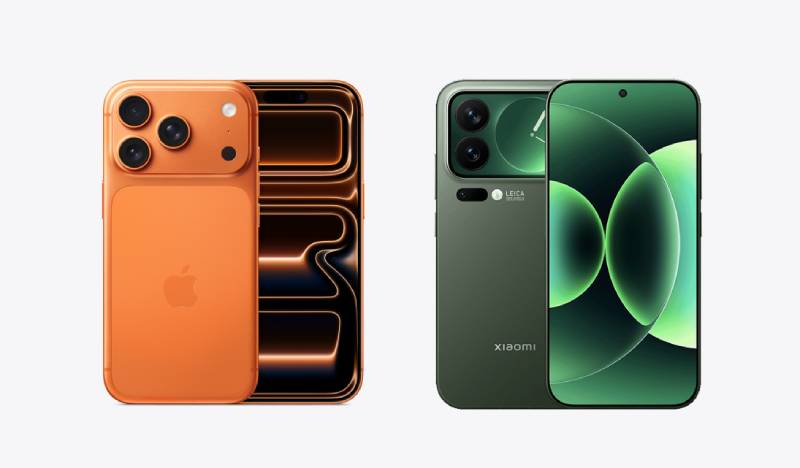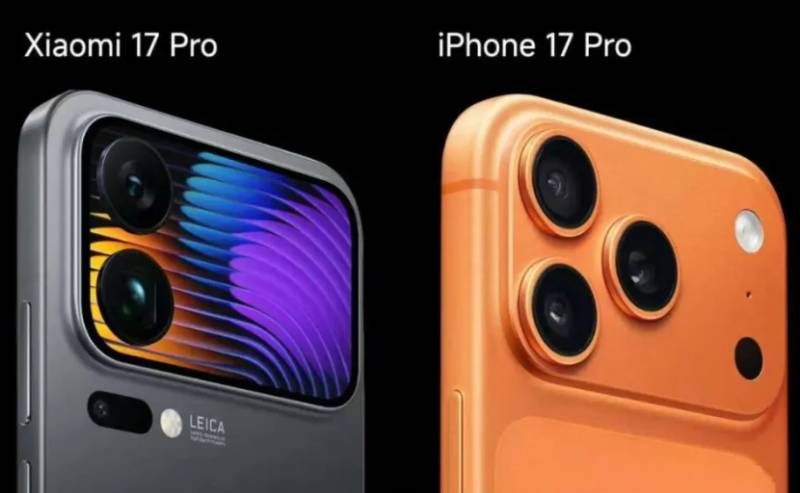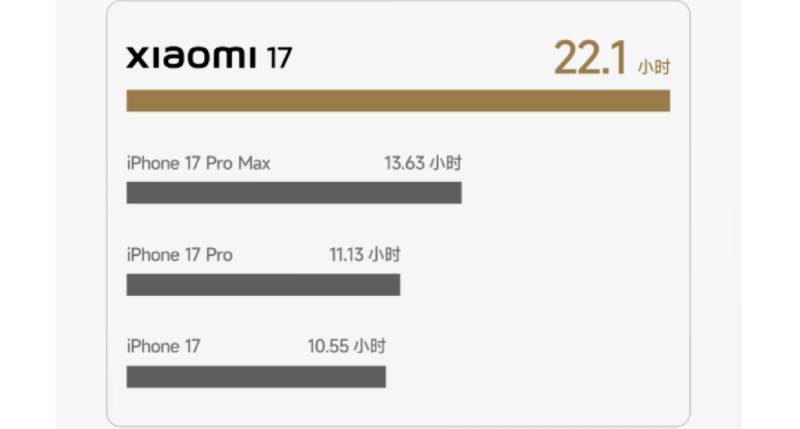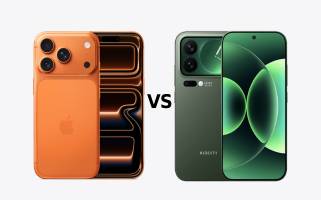When Xiaomi 17 competes head-to-head with iPhone 17, this showdown has long extended to the dual dimensions of “user experience” and “long-term cost”.From camera performance to battery life, from initial cost-performance to repair convenience, every difference is linked to distinct usage scenarios and consumer needs.No need to get bogged down in tedious specs—this analysis will help you clearly understand the adaptation directions of the two models.

Imaging Capability: Stylized Expression vs. Professional Stability
The imaging logic of the two phones caters to different creative needs.
-Centered on Leica color tuning, Xiaomi 17 captures more light and shadow details with a large-size sensor. The telephoto lens of the Pro Max version handles distant shots effortlessly, and the image clarity in night scenes is impressive.The secondary screen of the Pro series is a practical bonus—allowing precise composition when taking selfies with the main camera, ideal for users who love capturing daily moments.
-iPhone 17 stands out with mature AI algorithms, delivering natural and delicate portrait blur effects, and its 8K video recording stability is almost unrivaled in the industry.
It doesn’t pursue extreme zoom, but maintains color consistency across scenarios, making it a reliable tool for video creators and vloggers.

Battery Life & Charging: Anxiety-Free vs. Ecosystem Adaptation
Battery performance directly determines daily usage convenience, and the two show distinct differences.
-Xiaomi 17’s large-capacity battery is a “battery life benchmark”—it still has remaining power after a full day of heavy use, and 100W fast charging tops it up in a short time, completely eliminating charging anxiety.The wireless fast charging of the Pro Max version also adapts to power replenishment needs in more scenarios.
-Despite its smaller battery capacity, iPhone 17’s actual battery life is not inferior thanks to iOS’s power consumption optimization.However, its fast charging speed is relatively slow and relies on dedicated accessories, making it more suitable for users accustomed to overnight charging.

Core of Cost-Performance: Hardware Stacking vs. Ecosystem Value
Initial price and long-term usage cost together form the actual cost-performance. Xiaomi 17 starts at $620 (12GB+256GB). The Pro model begins at $690, only about $70 more than the standard version, yet roughly $550 cheaper than the iPhone 17 Pro. The top-tier Xiaomi 17 Pro Max is priced from $825.In contrast, Apple’s iPhone 17 starts at $825. The Pro model begins at $1,240, and the Pro Max starts at $1,380.
-Xiaomi 17 continues its tradition of high cost-performance—30%-40% cheaper than iPhone 17 with the same storage, and storage upgrade cost is only half of Apple’s.The ultra-narrow bezel straight screen and smart home control functions further enhance the practical value of the hardware.
-iPhone 17’s price carries a noticeable ecosystem premium, but its thin and light design delivers excellent grip, with the Air version being particularly portable.For users who already own Mac, iPad and other devices, the convenience of ecosystem synergy can offset part of the price disadvantage.
Repair & Durability: Easy Maintenance vs. High Threshold
Repair cost and difficulty directly affect the long-term value of the device.
-Xiaomi 17’s modular design simplifies repairs—common parts like charging ports and batteries are easy to replace, with affordable third-party repair quotes.Even if the secondary screen of the Pro series is damaged, third-party parts are easily available, with short repair cycles and controllable costs.
-iPhone 17 faces higher repair thresholds—battery replacement requires screen disassembly first, with multiple screw operations increasing repair time and cost.The motherboard uses a stacked packaging design—if the chip or storage fails, the entire motherboard needs replacement, significantly increasing repair costs. However, its charging port has been upgraded to a modular design, reducing individual replacement costs by about 40% .The camera cable is more fragile and requires special tools for repair, making it difficult for ordinary users to handle independently .
Summary
In fact, there is no absolutely “better” choice. iPhone 17 and Xiaomi 17 just fit user needs from different dimensions—some prefer the convenience of ecosystem synergy, some value the practicality of hardware stacking, some care about the stability of long-term use, and some focus on the controllability of repair costs.
No matter which one you finally choose, if you encounter needs for device, repair, or suitable parts during use, you can contact us(sales@recoresolutions.com) at any time. We will provide professional services to safeguard your device usage.
